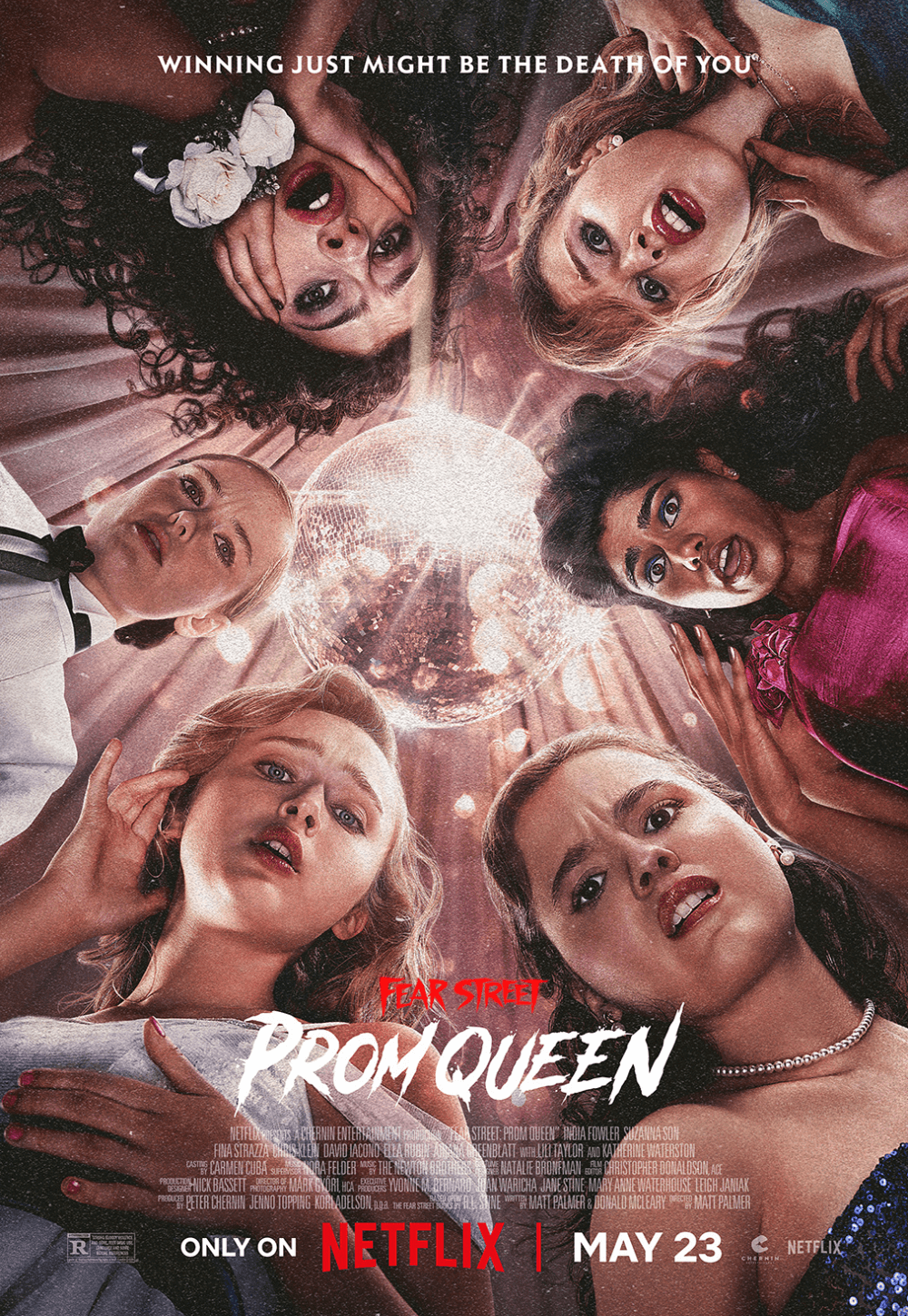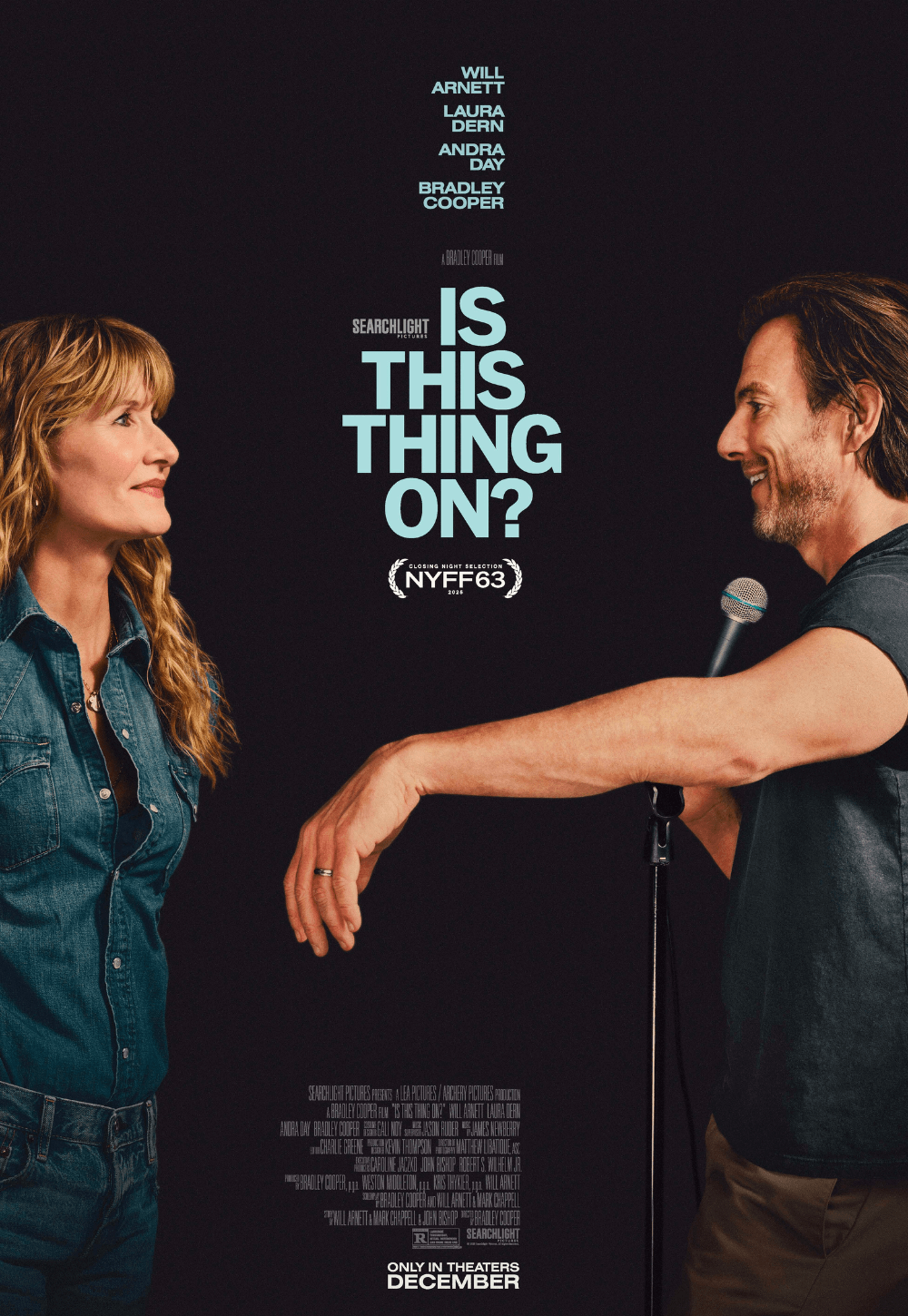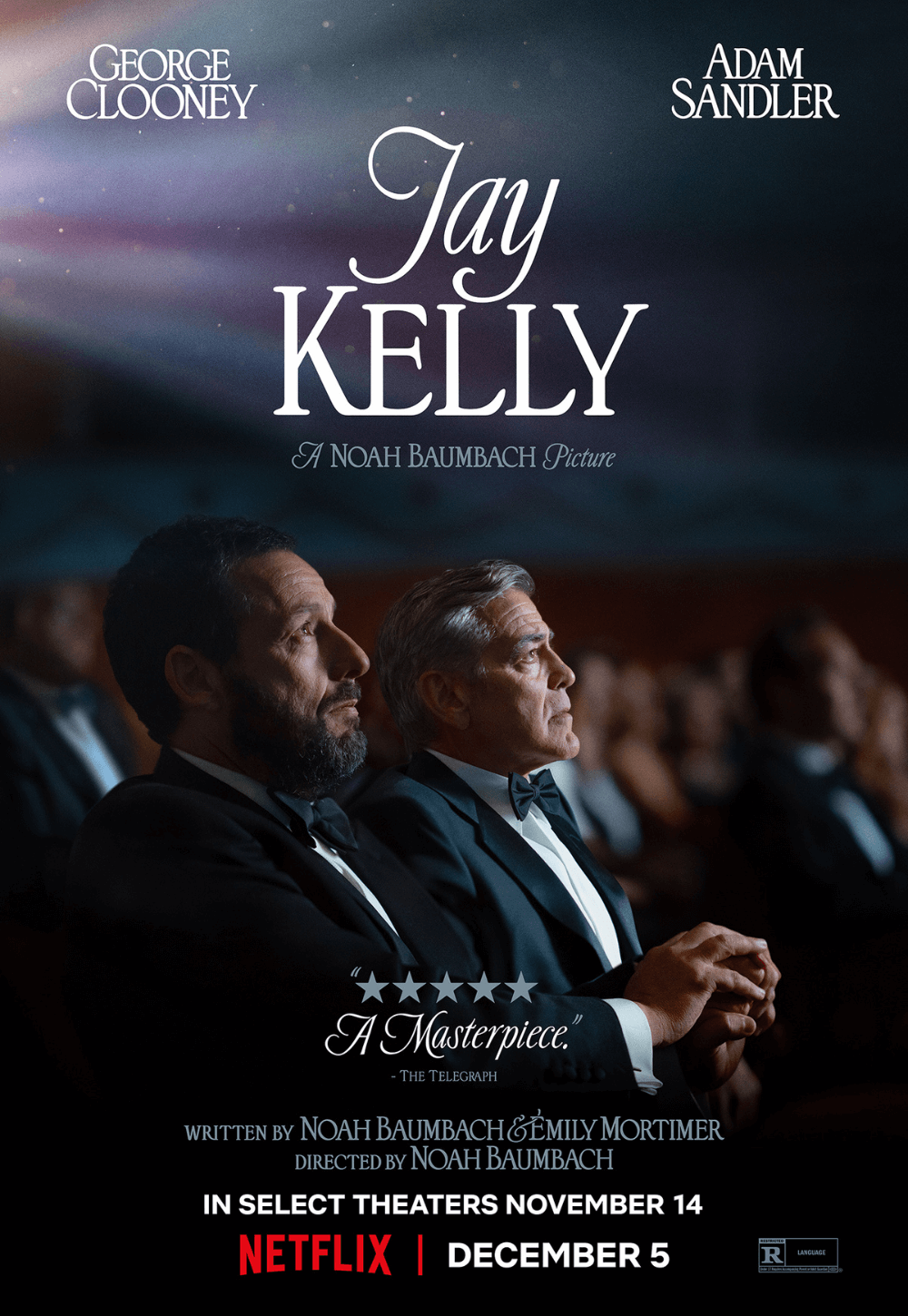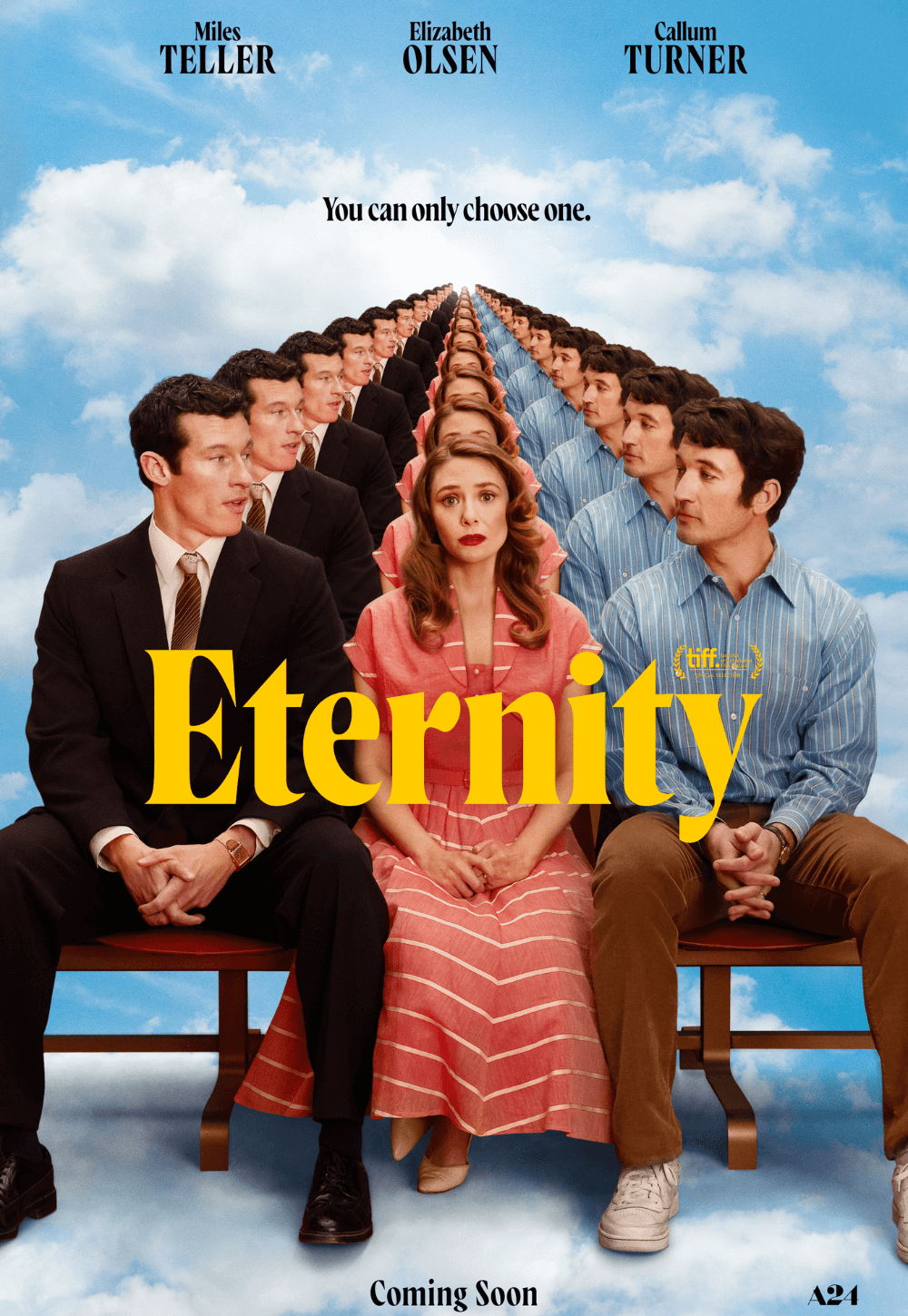Reader's Choice
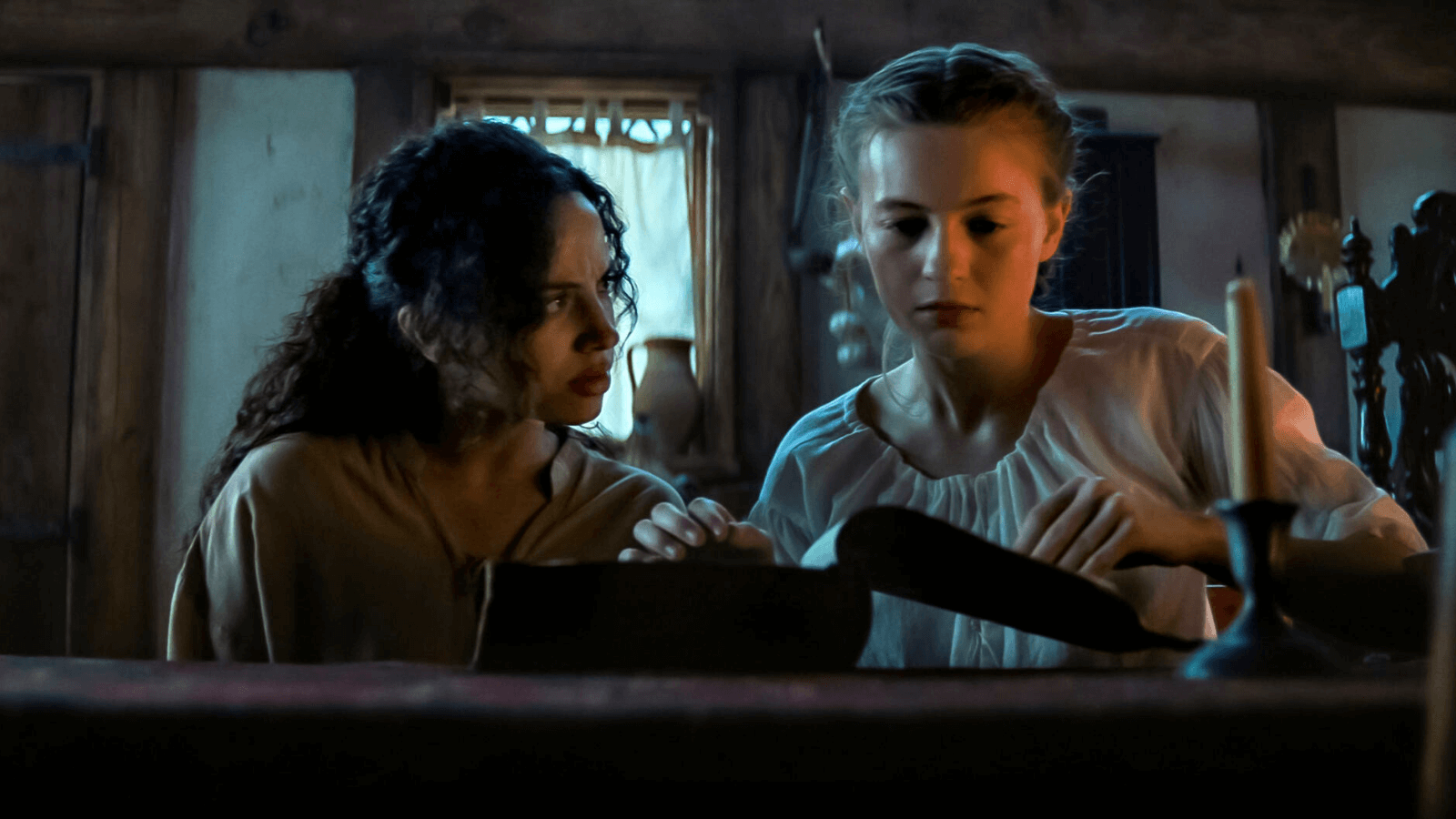
Fear Street Part Three: 1666
By Brian Eggert |
The last installment of the Fear Street trilogy, 1666, not only solidifies the series in the folk horror subgenre but also raises questions about how to define the format—as film or television. Director Leigh Janiak’s ambitious final chapter reaches back to colonial times in America to search for answers about the curse on Shadyside, whose long history of killings stems from Sarah Fier, a witch who vowed revenge before early settlers hung her from a tree. The capper reframes the mythology by putting the trilogy’s hero, Deena (Kiana Madeira), into Fier’s perspective, where she sees what really happened. Along the way, the movie, if it already wasn’t apparent from the references to witchcraft and the occult in 1994 and 1978, goes full folk horror. That would be enough story for a full feature, except Janiak and her cowriters Phil Graziadei and Kate Trefry return us to the story proper, in 1994, to wrap up the conflict established in the first entry. Whether one defines the Fear Street trilogy as a long six-hour movie, three movies, or a television miniseries doesn’t really matter. However you cut it, the result is so damn entertaining.
1666 underscores how the series as a whole has a four-act structure, despite the three individual parts. The last film opens with Deena experiencing Sarah Fier’s demise first-hand before returning to the present of 1994 with more than an hour left on the clock, bringing the series back to where it began, in the neon- and black-light-laden Shadyside Mall. More than a slasher series with roots in Scream and Friday the 13th, more even than folk horror with hints of Satanic rituals and deals with the devil, the series reveals itself as a commentary on greed, privilege, intolerance, and intergenerational trauma. Those are lofty ideas threaded into these otherwise whirlwind proceedings, and it’s worth questioning whether the series deals with them adequately in 1666, or across all three films. Janiak and her writers have sneakily implanted this thrill-ride material with such ideas, turning what might feel like a thematic afterthought into an overarching concept that enriches the trilogy upon reflection.
When Deena and her brother Josh (Benjamin Flores Jr.) return Sara Fier’s severed hand to her body to break the witch’s curse and save Deena’s girlfriend, Sam (Olivia Scott Welch), from her possession, Deena is transported back to the 17th century. In a clever conceit, the young actors from 1994 and 1978 appear as colonists in Union, the settlement that eventually becomes Shadyside and Sunnydale. The audience sees Sarah (Madeira) as a normal youth in a tentative romance with Hannah (Welch), who, along with the other young people of Union, plan a party in the forest under the moonlight. They acquire some psychedelic berries from a woodland woman (Jordana Spiro), who was exiled after shacking up with a native man, and the ensuing frivolities find Sarah and Hannah getting to third base, albeit after they reject the rapey Caleb (Jeremy Ford) and Thomas (McCabe Slye). Later, when Union’s food begins to rot and the resident pastor, Hannah’s father, loses his mind and kills several children by removing their eyes, the two rejected men blame the lesbians.
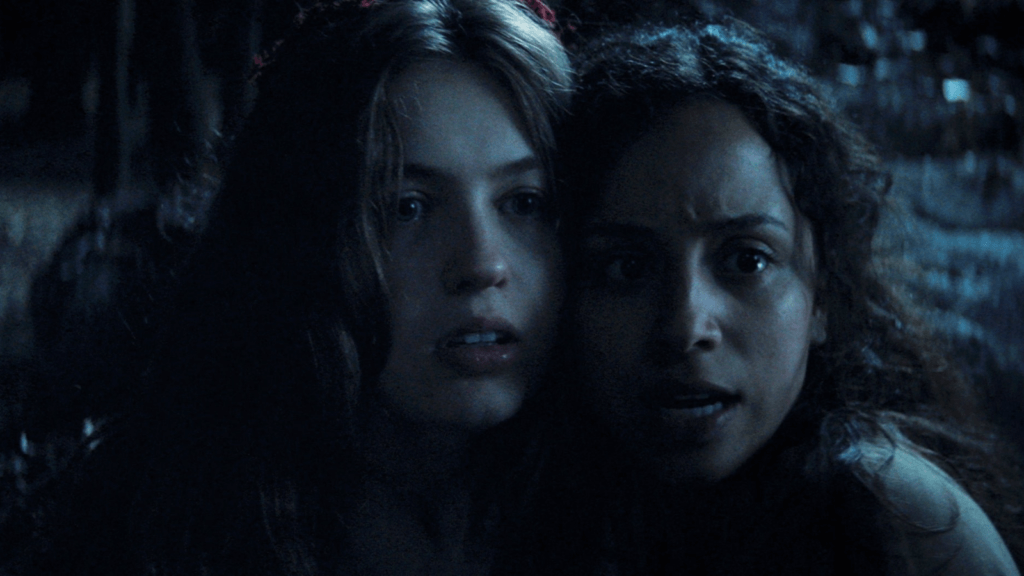
With hints of The Crucible (1953) and The Witch (2015), along with a whole subgenre of folk horror, 1666 immerses the viewer in the period setting, complete with iffy accents transitioning from British to American and convincing settlement façades. More than a simple flashback, the costume drama setting presents intentional anachronisms, with modern-looking performers play-acting in period garb, as though reminding the viewer of how these events will reverberate through Shadyside’s history. Indeed, several moments, such as Sarah climbing up the same rocks that lead to 1978’s camp outhouse or kicking the floorboards in an identical manner that occurs in both earlier entries, repeat themselves here. The Big Reveal is that, of course, Sarah Fier was never a witch, neither was the exiled woman in the woods. Similar to the Salem Witch Trials and other incidents throughout history, the problem isn’t with the accused but the intolerant white men who respond to difference with violence and false accusations. It’s the ancestor of Sheriff Goode (Ashley Zukerman), Solomon, who made a pact with the devil in exchange for “power, prosperity, legacy.”
After learning why Shadyside remains plagued by killers and bad luck, while Sunnydale is a veritable utopia, the movie splits, announcing 1994 and then Part 2. This change suggests that perhaps the series should have consisted of four features, with 1666 and 1994: Part 2 consisting of two 90-minute movies. Regardless, the final act finds Deena, Josh, Ziggy (Gillian Jacobs), and Martin (Darrell Britt-Gibson)—the latter a mall employee falsely accused of vandalism by the duplicitous Sheriff Goode—planning to end the curse. The 1994 scenes have energy to spare, with the gang scheming to lure Goode into the mall and end him, using his hellish minions against him. This high-suspense climax deploys Super Soakers, black lights, and the mall location to delightful effect. However, the finale can feel rushed in how it wraps up a lot of story in the last few scenes without answering some nagging questions. For instance, how did the construction crew not notice they were building a mall on Goode’s underground occult chamber?
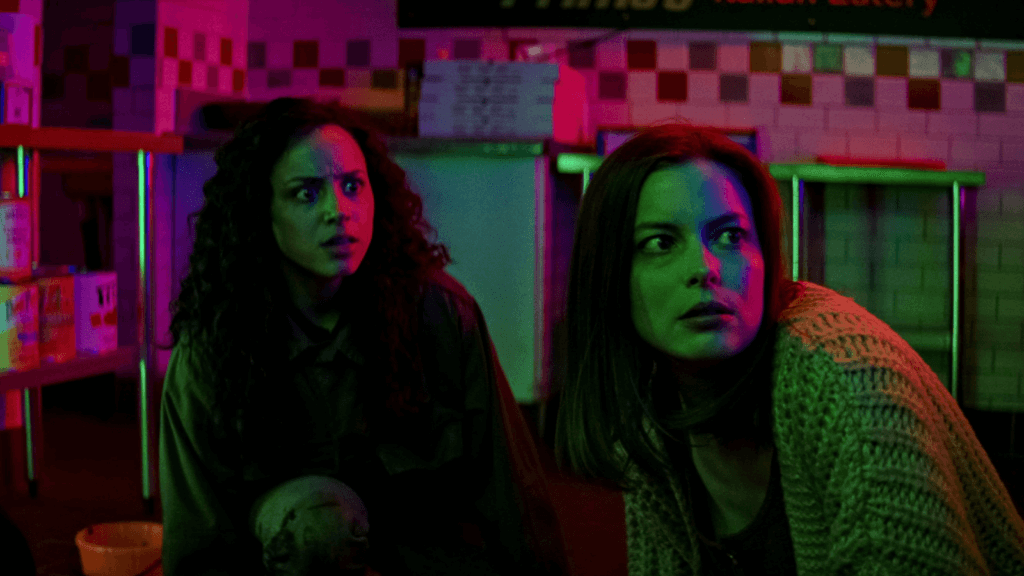
Otherwise, the production remains confident and cohesive, with Janiak and her technical crew delivering a nimble presentation that races through its storylines yet, surprisingly, hits every intended emotional beat. It’s actually quite a feat that 1666 never feels sloppy or incoherent, which is a testament to Janiak’s vision for the series. The third installment distinguishes itself through its initial period, of course, but also the presentation that accompanies it. Although the series up to this point relied on endless needle drops, the score by Marco Beltrami and Anna Drubich shines in the 1666 scenes and the tense final battle. Cinematographer Caleb Heymann and editor Rachel Goodlett Katz demonstrate that they can transition between periods and maintain a familiar visual grammar that, despite the visual contrasts between the rustic colonial setting and the flashy ‘90s scenes, convey them as part of the same overarching story.
The Fear Street trilogy is a nostalgia machine. Although driven by details from R.L. Stine’s book series, it’s also nostalgic for various horror subgenres (‘80s slashers, ‘90s slashers, folk horror). A million little details saturate these films, from Deena creating body armor out of books by “Robert Lawrence” to Sheriff Goode’s house displaying those banal motivational posters. But more than its nostalgia, the movies are propelled by humor, suspense, gore, and surprising character depth. By the end, it reframes the trilogy as a story about how the privileged often achieve their success by exploiting or stepping on the backs of others, and it aspires to rethink the social disparities of the past and give its downtrodden outsiders a fair shot, whether they’re accused witches, queer, financially insolvent, or just stricken with bad luck. That each movie is great fun individually and feeds into an all-encompassing story only enriches the collective and makes them worthy of revisiting in a marathon.
(Note: This review was originally suggested and posted to Patreon on October 24, 2024.)
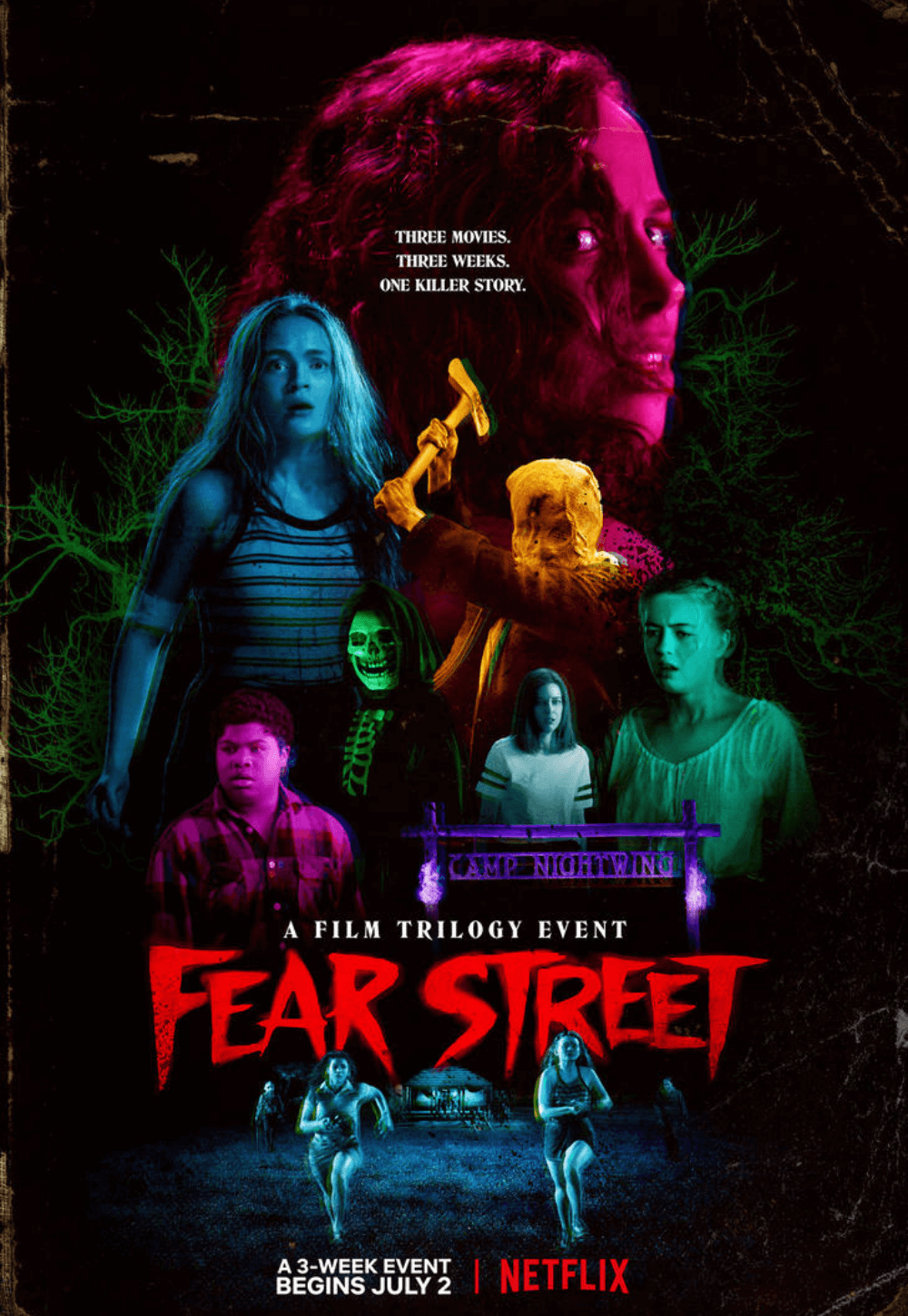
If You Value Independent Film Criticism, Support It
Quality written film criticism is becoming increasingly rare. If the writing here has enriched your experience with movies, consider giving back through Patreon. Your support makes future reviews and essays possible, while providing you with exclusive access to original work and a dedicated community of readers. Consider making a one-time donation, joining Patreon, or showing your support in other ways.
Thanks for reading!
Brian Eggert | Critic, Founder
Deep Focus Review


